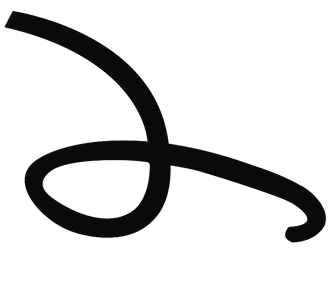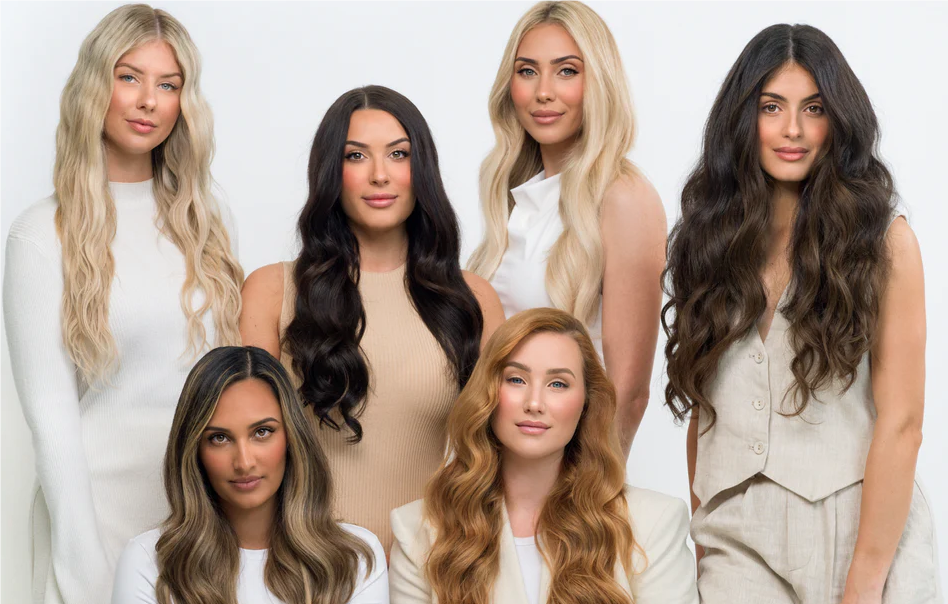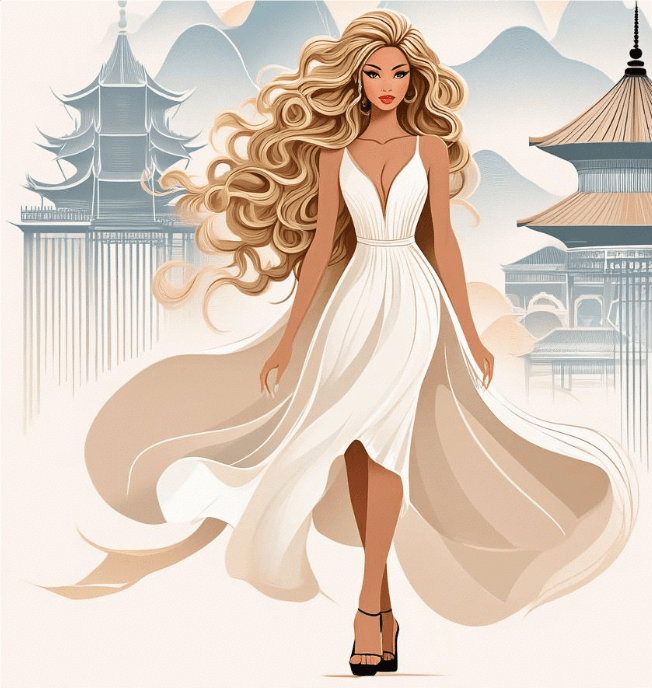Mongolian Ponytail in Modern Fashion: A Rising Trend
Mongolian Ponytail in Modern Fashion: A Rising Trend
In recent years, the Mongolian ponytail has emerged as a rising trend in modern fashion, captivating the attention of fashion enthusiasts and designers alike. This traditional hairstyle, with its unique and exotic appeal, has found its way into the mainstream fashion scene, adding a touch of cultural flair to contemporary looks.

The Origins of the Mongolian Ponytail
The Mongolian ponytail has a rich history that dates back centuries. It is deeply rooted in the nomadic traditions of Mongolia, where it served both practical and cultural purposes. In the past, Mongolian men and women wore their hair in distinctive ways that reflected their social status and identity. The high ponytail, in particular, was a symbol of strength and resilience, as it kept the hair out of the face during activities such as horseback riding and hunting.

The Unique Appeal of the Mongolian Ponytail
What sets the Mongolian ponytail apart from other hairstyles is its bold and voluminous look. The hair is typically gathered at the crown of the head and secured with a band or accessory, creating a high and prominent ponytail. This style not only adds height and drama to the silhouette but also exudes a sense of confidence and individuality.

The Mongolian Ponytail in Modern Fashion
The Mongolian ponytail has gained popularity in modern fashion for several reasons. Firstly, it offers a versatile and adaptable style that can be dressed up or down for various occasions. Whether paired with a casual outfit or a formal ensemble, the Mongolian ponytail adds a touch of elegance and sophistication.
Secondly, the Mongolian ponytail has become a symbol of cultural appreciation and diversity in the fashion world. As global fashion trends continue to embrace different cultures and traditions, the Mongolian ponytail has emerged as a unique and authentic style that resonates with fashion-forward individuals.

How to Style the Mongolian Ponytail
Styling the Mongolian ponytail is easier than you might think. Here are some tips to help you achieve this trendy look:
-
Start with Clean, Dry Hair: Ensure your hair is clean and dry before styling. This will help the ponytail hold its shape and prevent any unwanted frizz.
-
Add Volume: Use a volumizing spray or mousse to add volume to your hair, especially at the roots. This will create a lifted and voluminous base for the ponytail.
-
Gather the Hair: Gather your hair at the crown of your head, leaving a few strands loose around the face for a softer look. Secure the hair with a hair tie or band.
-
Accessories: Enhance the look with accessories such as hairpins, beads, or ribbons. These can add a touch of personal flair and cultural authenticity to the style.
-
Maintain the Style: To keep the ponytail in place throughout the day, use a hairspray or styling product. This will help maintain the shape and prevent any loose strands from falling out.
The Cultural Impact of the Mongolian Ponytail
The rise of the Mongolian ponytail in modern fashion has had a significant cultural impact. It has not only introduced a unique and exotic style to the global fashion scene but has also fostered a greater appreciation for Mongolian culture and traditions. As more people embrace this hairstyle, there is an increased interest in learning about its origins and significance, leading to a deeper understanding and respect for Mongolian heritage.

Conclusion
The Mongolian ponytail is more than just a fashion trend; it is a symbol of cultural pride and heritage. Its unique and exotic appeal has captured the attention of the fashion world, offering a versatile and adaptable style that can be worn for various occasions. As the Mongolian ponytail continues to gain popularity, it serves as a reminder of the rich cultural tapestry that inspires modern fashion. Whether you are looking to make a bold statement or simply embrace a new and exciting style, the Mongolian ponytail is a trend worth exploring.
Previous post
Tape Extensions Placement: A Guide for Achieving Seamless Integration
Next post





